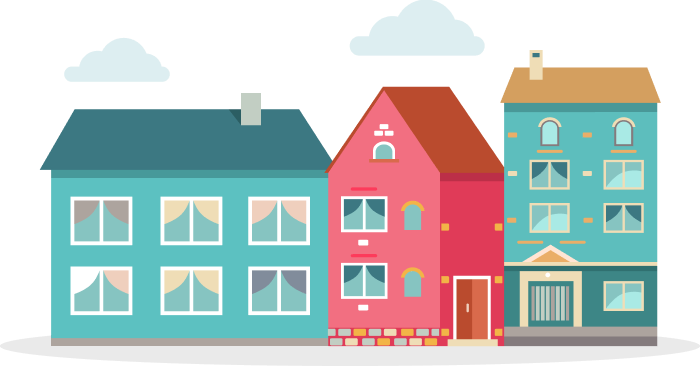Montpelier
We did the research. Find a place to call home.
B+
Quality of Life Score
Montpelier Information
7,434
Total Population
50%
Married Persons
50%
Single Persons

8/10
City Rating
City ratings are often based on a variety of factors including quality of life, economic opportunities, safety, education, and more. A rating of 7 or higher might suggest a city with a relatively high quality of life and desirable living conditions. A rating below 5 might indicate challenges or lower overall satisfaction.
8/10
Overall Value
This is a broader rating that takes into account multiple factors affecting the overall appeal of a city. Ratings above 7 might indicate a highly attractive city, while those below 5 might suggest areas for improvement.
10/10
Density (Population per mile²)
City density refers to the concentration of people living within a city's geographic area. It is typically expressed as the number of residents per square mile or square kilometer. Higher density indicates that more people live in a given area, leading to potentially busier streets, more crowded living conditions, and increased access to amenities and services.
739
Montpelier
260,000
Reno
City Info
Montpelier, Vermont, is the state capital and a small, vibrant city known for its scenic setting, historic architecture, and strong sense of community. Residents enjoy easy access to amenities, a lively downtown, and abundant outdoor recreation. The city is recognized for its high quality of life, safety, and civic engagement, though it faces challenges with housing affordability and limited diversity. Montpelier’s relaxed pace, walkability, and cultural offerings make it a desirable place to live for families and individuals seeking a close-knit, active community
Residence
35% (Homes Rented)

60 Years
Median Home Age
$350,000
Median Home Price
5%
Home Aappreciation Rate
1.5%
Annual Property Tax
Weather
65%
Sun
25%
Rain
10%
snow
Residence
Montpelier, Vermont, features a mix of historic and newer homes, with a majority of residents owning their homes. The city is known for its clean air, pleasant climate, and strong appreciation for natural beauty. Housing costs are higher than average, reflecting both desirability and limited supply. The property tax rate is moderate, and the community places a strong emphasis on neighborhood character and preservation
Community
7
Crime Rate (per 100,000)
Democratic
Political Majority
45
Average Age
Community
Montpelier is a progressive and civically engaged community. It is less diverse than many U.S. cities, with a predominantly White population, but it is known for its inclusivity, strong local culture, and high rates of volunteerism and community involvement. The crime rate is low, and residents report feeling very safe in their neighborhoods and downtown
Locale

Occupation
30%
Management, Business, Art & Sciences
20%
Sales & Office Occupations
15%
Service Occupations
10%
Production, Transportation & Material Moving
5%
Natural Resources, Construction & Maintenance
Education
1:12
Student Teacher Ratio
25%
High School Diploma
30%
Some College or Associates Degree
20%
Bachelors Degree
15%
Graduate or Professional Degree
Locale
Montpelier offers a blend of small-town charm and urban amenities. Its downtown is walkable, with local shops, restaurants, and cultural venues. The city is surrounded by natural beauty, providing easy access to hiking, biking, and winter sports. The population is well-educated, and the city is known for its strong public schools and active arts scene
Transit
15%
Public Transportation
60%
Car
10%
Carpool
15%
Work At Home
Transit
Montpelier’s compact size and walkable layout mean most commutes are short, with many residents walking or biking. Public transportation options exist but are less frequently used than personal vehicles. The city’s infrastructure supports active transportation, and traffic congestion is minimal


